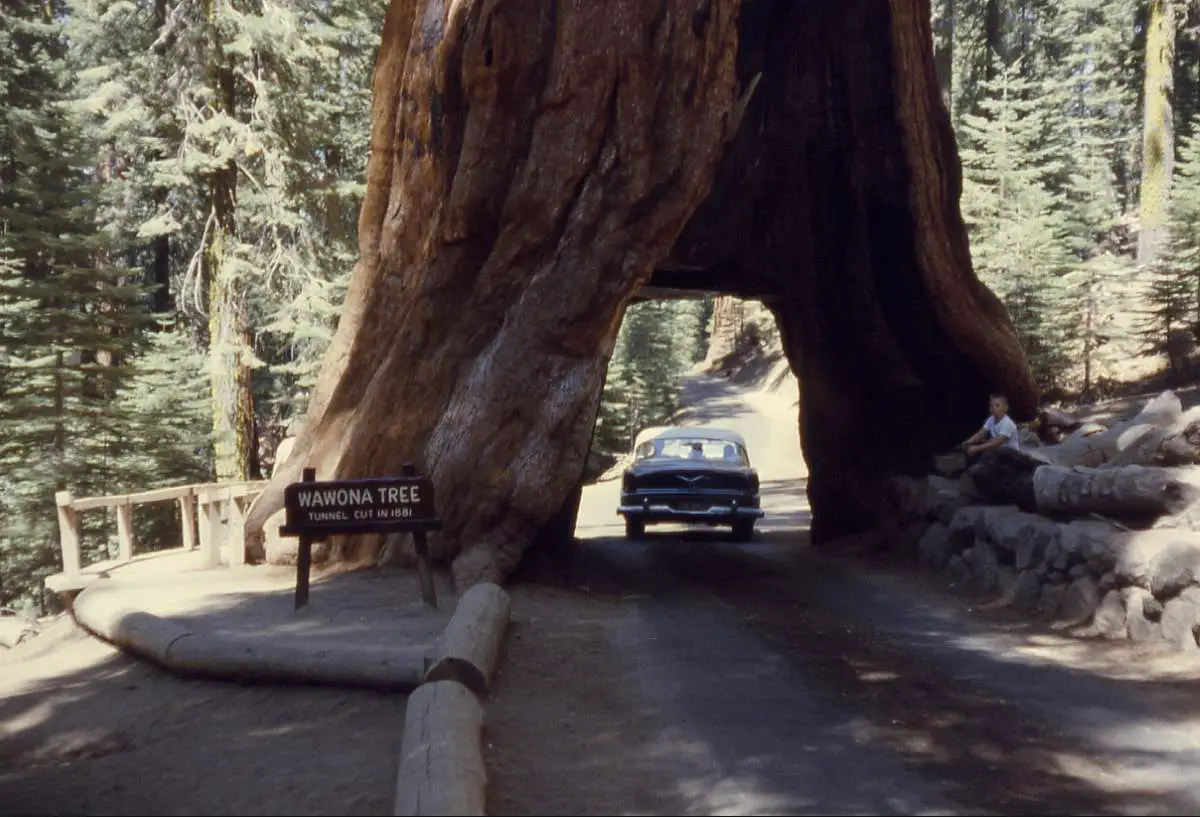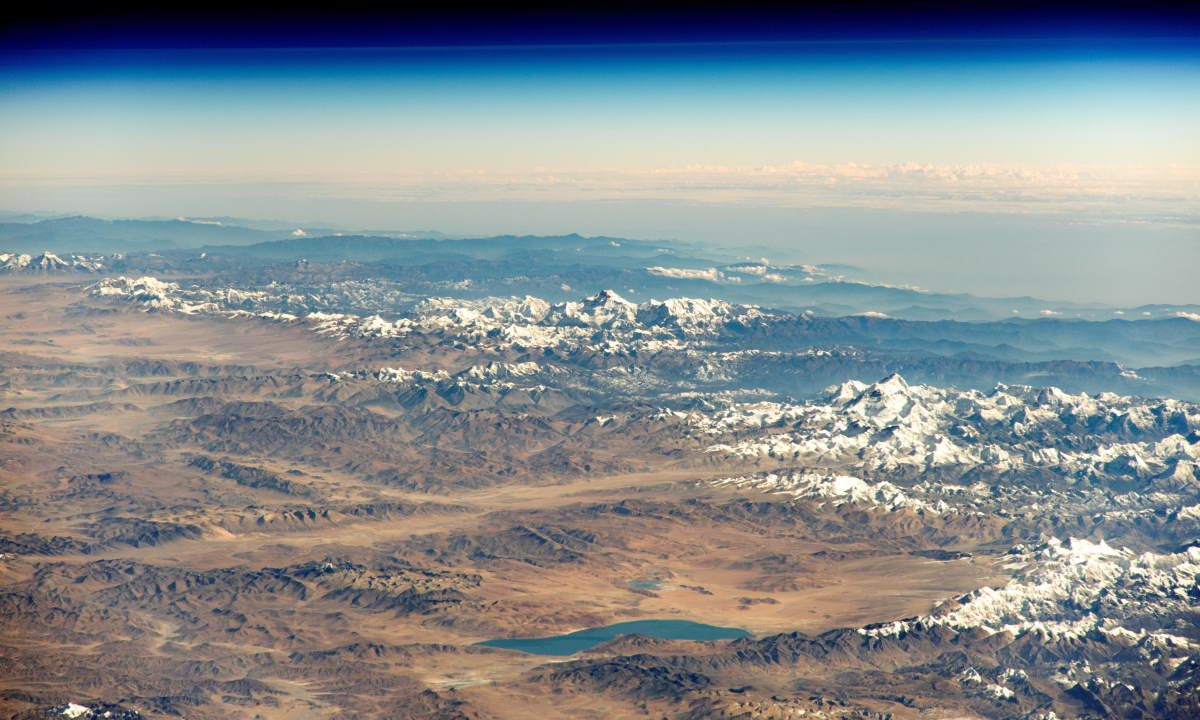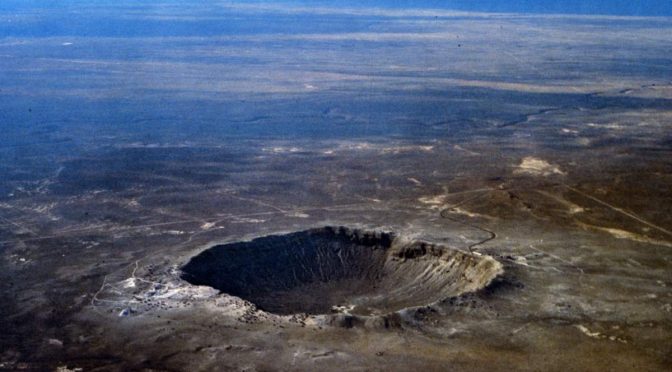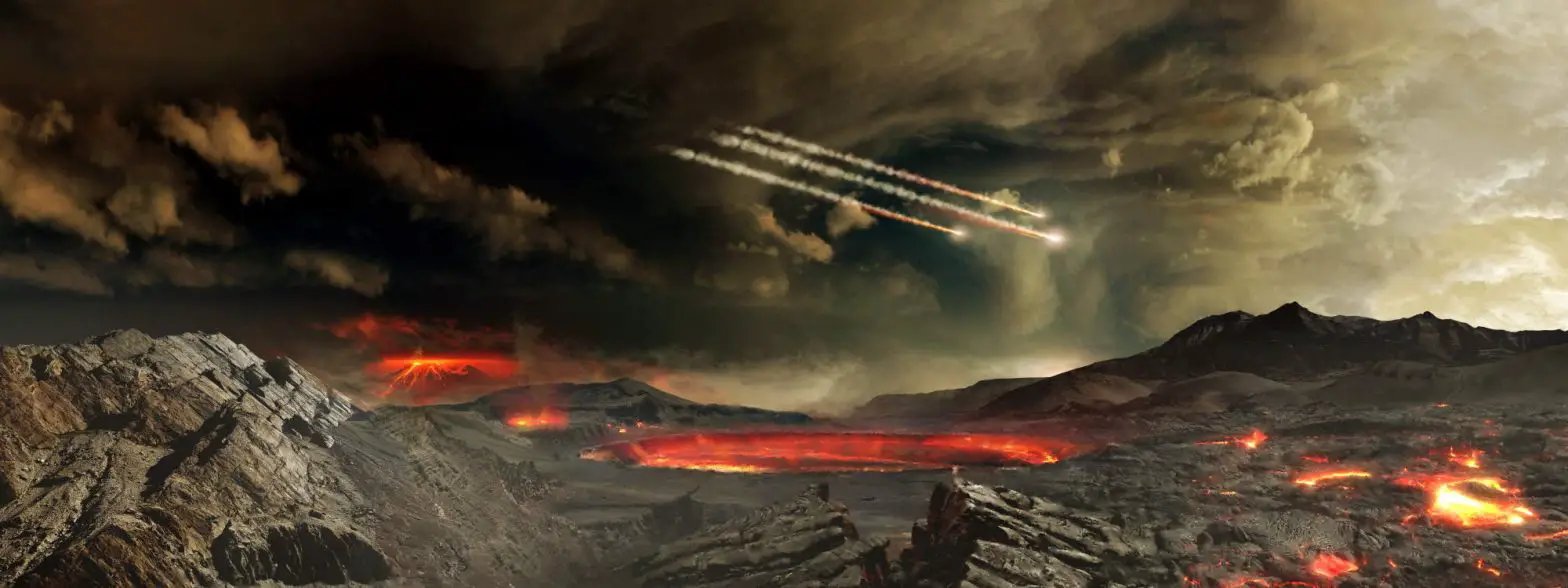Yellowstone National Park, renowned for its geysers, also astonishes visitors with the vibrant colors accompanying these thermal features. Gazing upon these landscapes, one is treated to a visual feast of yellows, oranges, reds, and greens in the flowing hot water, the lining of hot pools, and even in the steam which can appear tinged with …
Category Archives: Geology
10 Recently Lost Natural Wonders
The Earth is an ever-changing canvas, boasting a plethora of natural wonders that have captivated humans for generations. From expansive coral reefs teeming with life to awe-inspiring volcanoes that seem to touch the sky, these marvels remind us of the beauty and complexity of our planet. However, not all wonders stand the test of time. …
Chimborazo: The farthest point on Earth’s surface from the Earth’s center
Many often believe that Mount Everest, standing at a whopping 29,032 feet (8,849 meters), is the closest point to space from Earth. Yet, this is a misconception. The peak that holds this surprising honor is not even the tallest mountain on its own continent. Enter Chimborazo, a majestic peak located in the Andean mountain range …
Continue reading “Chimborazo: The farthest point on Earth’s surface from the Earth’s center”
These Photos Show the Incredible Power of Earthquakes
On the early morning of February 6, 2023, two consecutive devastating earthquakes (with magnitudes of 7.8 and 7.7 on the Richter scale, just nine hours apart in the same area) hit Turkey and Syria, killing tens of thousands and injuring hundreds of thousands of people.
Why the Himalayas are so high? [Explained]
The Himalayas are a mountain range in Asia that stretches for about 1,500 miles (2,400 kilometers) through parts of India, Nepal, and China. The Himalayas are the highest mountain range in the world, with many of its peaks reaching elevations of over 8,000 meters (26,000 feet).
How Do Mountains Form? [Explained]
Most people know that mountains are tall, rocky formations that jut up from the Earth’s surface. However, fewer people know how these behemoths are actually formed. In short, there are five main ways mountains can form:
Mount Everest from space [5 most amazing NASA photos]
Mount Everest is the highest mountain in the world. Its summit is 8,848.86 meters (29,031.7 feet) above sea level. Naturally, It looks amazing from space, and as a result, many astronauts took its photos during their journeys. Here are the top 5 most amazing photos of Mount Everest from space, published by NASA.
Tonga’s Hunga volcano eruption from space, amazing video
Satellite imagery captures Tonga’s Hunga volcano erupting. The Hunga Tonga-Hunga Ha’apai volcano erupted for the second time in 2 days and the National Oceanic and Atmospheric Administration’s (NOAA) GOES-West satellite captured imagery of the eruption. The eruption also triggered a tsunami that hit the South Pacific Kingdom of Tonga. This time-lapse video composed of images …
Continue reading “Tonga’s Hunga volcano eruption from space, amazing video”
From Destruction to Creation: Understanding Meteorite Impact Craters
Ever since the planets first formed, they have been bombarded with space rocks. Asteroid and cometary collisions are so powerful that planetary surfaces fracture and melt beneath them, leaving behind huge craters. These impact events have played an important role in our planet’s history, by shaping the geological landscape, producing valuable minerals, and affecting the …
Continue reading “From Destruction to Creation: Understanding Meteorite Impact Craters”
Early magma oceans of Earth detected in 3.7 billion-year-old Greenland rocks
Earth hasn’t always been a blue and green oasis of life in an otherwise inhospitable solar system. During our planet’s first 50 million years, around 4.5 billion years ago, its surface was a hellscape of magma oceans, bubbling and belching with heat from Earth’s interior. Helen M Williams, University of Cambridge








